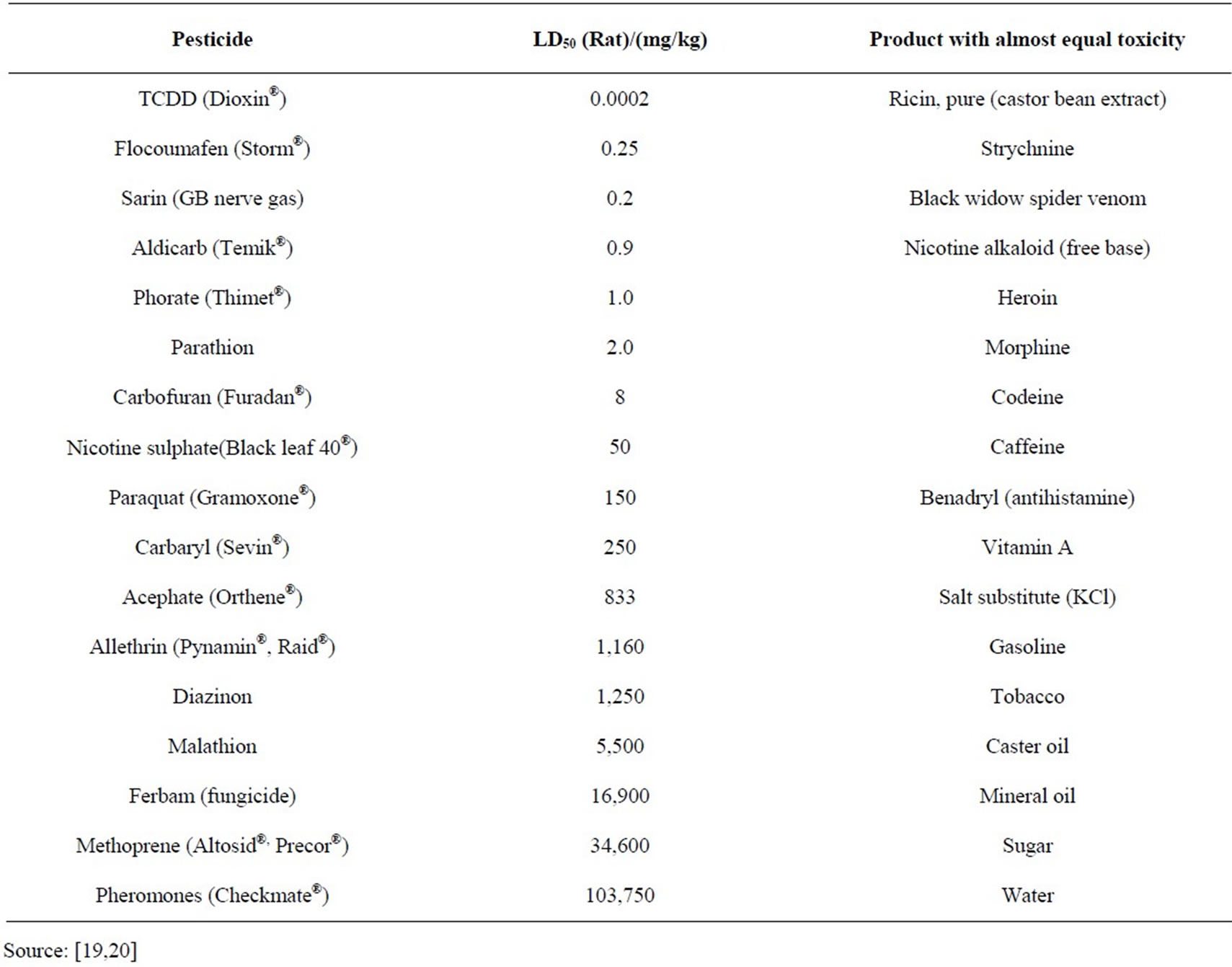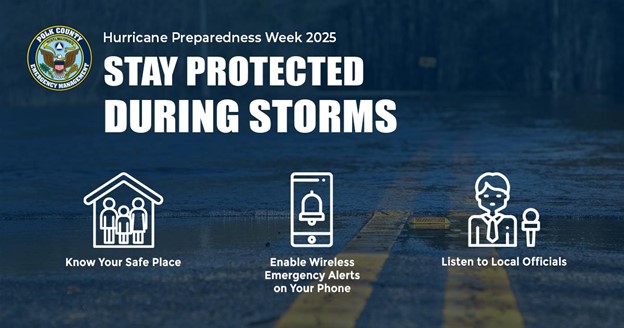Report on Water Service Disruption in Leon County and Alignment with Sustainable Development Goals
Incident Summary: A Challenge to SDG 6
A significant water main break in southern Leon County, Florida, resulted in a temporary disruption of safe water access for several communities, directly impacting the objectives of Sustainable Development Goal 6 (SDG 6: Clean Water and Sanitation). Following the infrastructure failure and subsequent loss of water pressure, a precautionary boil water notice was issued on Sunday for residents south of Cemetery Road. This public health measure was essential for mitigating risks and ensuring progress toward SDG 3 (Good Health and Well-being) was not compromised.
- Affected Areas: Woodville, Woodville Acres, River Plantation, Wakulla Station, and the City of St. Marks.
- Primary SDG Impact: SDG 6, which aims to ensure the availability and sustainable management of water and sanitation for all.
- Secondary SDG Impact: SDG 3, by implementing measures to prevent waterborne illness.
Response and Mitigation Efforts: Upholding SDG 11 and SDG 17
In response to the service disruption, Leon County authorities initiated immediate action to restore water service and support affected residents, reflecting a commitment to SDG 11 (Sustainable Cities and Communities), particularly Target 11.5 concerning disaster risk reduction. The county organized two water distribution events, providing bottled water to ensure continuous access to safe drinking water for all, thereby addressing principles of equity central to SDG 10 (Reduced Inequalities).
- Infrastructure Repair: Water service was successfully restored, demonstrating a rapid response to maintain critical community infrastructure.
- Emergency Water Distribution: Two distributions were held, with one event at J. Lewis Hall Sr. Park successfully distributing an entire pallet of water within one hour. This action provided a crucial safety net, ensuring no resident was left without safe water.
- Community Partnership: Resident feedback indicated a high level of satisfaction with the county’s response, highlighting an effective partnership between government and citizens (SDG 17: Partnerships for the Goals) during a time of inconvenience.
Public Health Protocols and Path to Normalcy
To safeguard public health in alignment with SDG 3, health officials issued specific directives for the duration of the boil water advisory. These protocols are a critical component of managing public health during a water quality event.
Advisory Directives:
- All tap water intended for consumption or personal use (drinking, cooking, making ice, brushing teeth, washing dishes) must be brought to a rolling boil for at least one minute.
The advisory will remain in effect until water quality is confirmed safe according to state law, which requires two consecutive days of satisfactory bacteriological tests. This stringent testing protocol underscores a commitment to the highest standards of water safety, a cornerstone of achieving SDG 6.
Analysis of Sustainable Development Goals in the Article
1. Which SDGs are addressed or connected to the issues highlighted in the article?
-
SDG 6: Clean Water and Sanitation
This is the most prominent SDG addressed. The entire article revolves around a disruption to the public water supply due to a “water main break,” leading to a “boil water notice.” This directly concerns the availability and safety of drinking water for the community of Woodville and surrounding areas.
-
SDG 3: Good Health and Well-being
The article connects to this goal through its focus on public health. The “precautionary water boil advisory” is a public health measure implemented to prevent waterborne illnesses. The advice from “health officials” to boil water before “drinking, making ice, cooking, brushing teeth, or washing dishes” is aimed at ensuring the well-being of the residents and preventing sickness from potentially contaminated water.
-
SDG 11: Sustainable Cities and Communities
This goal is relevant as the issue stems from a failure in essential public infrastructure (“water main break”) that serves a community. The article highlights the impact on specific neighborhoods (“Woodville, Woodville Acres, River Plantation, Wakulla Station, and the City of St. Marks”) and the local government’s response (“county water distribution”) to manage the disruption and support its residents, which relates to making communities resilient.
2. What specific targets under those SDGs can be identified based on the article’s content?
-
Target 6.1: Achieve universal and equitable access to safe and affordable drinking water for all.
The article highlights a temporary failure to meet this target for the residents of southern Leon County. The “boil water notice” signifies that the water from the tap is not safe for consumption. The county’s response of organizing a “water distribution” where people could “pick up two cases of water” is an emergency measure to provide access to safe drinking water while the primary system is compromised.
-
Target 3.9: Substantially reduce the number of deaths and illnesses from hazardous chemicals and air, water and soil pollution and contamination.
The issuance of the boil water advisory is a direct preventative action aligned with this target. The advisory was issued after a “loss of water pressure,” which can introduce contaminants into the water system. By instructing residents to boil water, health officials are working to prevent potential “illnesses from… water… contamination.”
-
Target 11.5: Significantly reduce the number of deaths and the number of people affected… caused by disasters, including water-related disasters…
A water main break can be classified as a small-scale, water-related disaster. The article explicitly details the “people affected,” namely the “neighbors who live south of Cemetery Road.” The county’s organized response, including the water distribution and communication about safety testing, is an effort to mitigate the impact of this infrastructure failure on the affected population.
3. Are there any indicators mentioned or implied in the article that can be used to measure progress towards the identified targets?
-
Indicator 6.1.1: Proportion of population using safely managed drinking water services.
This indicator is clearly implied. During the advisory, the proportion of the population in the affected areas using “safely managed drinking water services” directly from their taps dropped to zero. Progress towards restoring this service is measured by the state-mandated requirement for “two consecutive days of testing [to] confirm the water is safe,” which is the process to verify that the service is once again “safely managed.”
-
Indicator 3.9.2: Mortality rate attributed to unsafe water, unsafe sanitation and lack of hygiene.
The article implies this indicator by describing the preventative measures taken to ensure it remains at zero. The entire purpose of the “boil water advisory” and the distribution of clean bottled water is to prevent any illnesses or deaths that could result from consuming contaminated water. The success of the county’s response would be measured by the absence of a spike in waterborne diseases following the incident.
-
Indicator 11.5.1: Number of… directly affected persons attributed to disasters per 100,000 population.
The article provides the basis for this indicator by identifying the group of “directly affected persons.” It specifies the affected areas as “Woodville, Woodville Acres, River Plantation, Wakulla Station, and the City of St. Marks.” While it doesn’t give a precise number, it defines the population group impacted by the infrastructure failure, which is the core component of this indicator.
Summary of Findings
| SDGs, Targets and Indicators | Targets | Indicators |
|---|---|---|
| SDG 6: Clean Water and Sanitation | 6.1 By 2030, achieve universal and equitable access to safe and affordable drinking water for all. | 6.1.1 Proportion of population using safely managed drinking water services. |
| SDG 3: Good Health and Well-being | 3.9 By 2030, substantially reduce the number of deaths and illnesses from hazardous chemicals and air, water and soil pollution and contamination. | 3.9.2 Mortality rate attributed to unsafe water, unsafe sanitation and lack of hygiene (WASH services). |
| SDG 11: Sustainable Cities and Communities | 11.5 By 2030, significantly reduce the number of deaths and the number of people affected and substantially decrease the direct economic losses relative to global gross domestic product caused by disasters, including water-related disasters, with a focus on protecting the poor and people in vulnerable situations. | 11.5.1 Number of deaths, missing persons and directly affected persons attributed to disasters per 100,000 population. |
Source: wtxl.com







